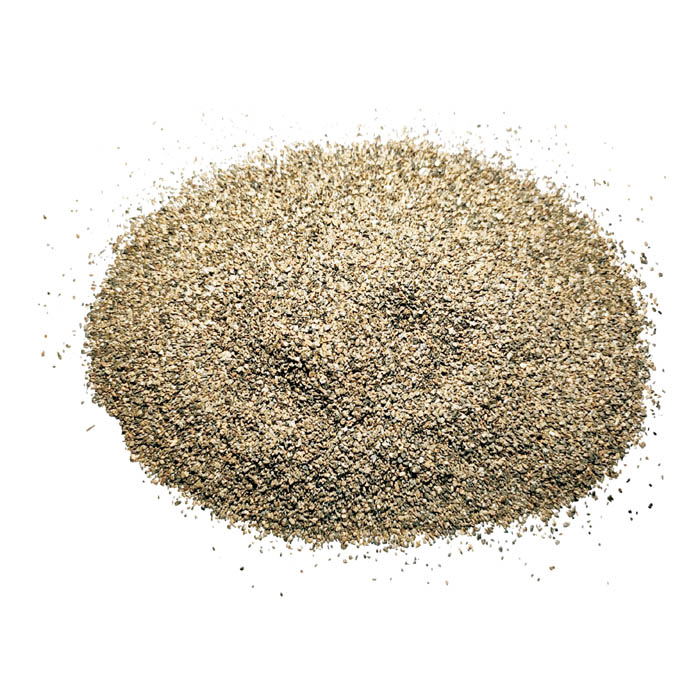Nov . 18, 2024 01:37 Back to list
g330 graphite
Exploring G330 Graphite Properties, Applications, and Future Prospects
Graphite, a crystalline form of carbon, has captivated the attention of scientists and industries alike for centuries. Among its various grades, G330 graphite stands out due to its unique properties and diverse applications. This article aims to delve into the characteristics of G330 graphite, its uses, and its potential future in various technological advancements.
Properties of G330 Graphite
G330 graphite is known for its high purity, excellent thermal conductivity, and good lubrication properties. With a particle size distribution that is optimized for performance, G330 graphite offers a balance between strength and flexibility, making it suitable for a variety of applications. It possesses a high melting point, which allows it to withstand extreme temperatures, making it an ideal candidate for high-heat environments.
One of the most notable characteristics of G330 graphite is its electrical conductivity. Due to its crystalline structure and the mobility of electrons within it, G330 graphite can conduct electricity efficiently. This property is crucial for applications in electronics and energy storage devices, such as batteries and supercapacitors.
Applications of G330 Graphite
The versatility of G330 graphite extends across several industries. One of the primary applications is in the production of lubricants. Its excellent lubricating properties make it a preferred choice for industries that require high-performance lubricants capable of withstanding high pressures and temperatures. G330 graphite is commonly used in automotive applications, such as brake linings and engine components, where durability and heat resistance are essential.
g330 graphite

In the electronics sector, G330 graphite is utilized in the manufacturing of batteries, particularly lithium-ion batteries. The efficiency of G330 in conducting electricity and its stability under varying temperatures enhance the performance and longevity of these energy storage systems. As the demand for electric vehicles and portable electronic devices continues to rise, the need for high-quality battery materials, including G330 graphite, will inevitably increase.
Another exciting application is in the field of composite materials. G330 graphite can be incorporated into plastics and resins to enhance their mechanical properties, improve thermal conductivity, and increase overall durability. This is particularly valuable in aerospace and automotive industries, where lightweight yet strong materials are critical for innovation.
Future Prospects of G330 Graphite
As the world shifts towards greener technologies and sustainable practices, the demand for materials like G330 graphite is expected to soar. The growing emphasis on renewable energy sources and electric vehicles will drive the need for efficient energy storage solutions where G330 graphite plays a pivotal role.
Moreover, advancements in nanotechnology and materials science may open new avenues for G330 graphite usage. Researchers are exploring ways to manipulate graphite on a nanoscale, potentially leading to new applications in electronics, medicine, and environmental technologies. Innovations in graphene, a single layer of carbon atoms derived from graphite, could also provide avenues for developing new products that leverage the exceptional properties of G330 graphite.
In conclusion, G330 graphite presents a unique combination of properties that make it invaluable across various industries. Its high purity, excellent thermal and electrical conductivity, and versatility ensure that it will continue to play a crucial role in technological advancements. As research continues and new applications are discovered, the future of G330 graphite looks promising, solidifying its place as a key material in the 21st century. The continuous exploration and utilization of this remarkable substance are bound to yield benefits that extend far beyond traditional applications, making it a focal point in the quest for sustainability and innovation.
-
Eco-Friendly Granule Covering Agent | Dust & Caking Control
NewsAug.06,2025
-
Fe-C Composite Pellets for BOF: High-Efficiency & Cost-Saving
NewsAug.05,2025
-
Premium Tundish Covering Agents Exporters | High Purity
NewsAug.04,2025
-
Fe-C Composite Pellets for BOF | Efficient & Economical
NewsAug.03,2025
-
Top Tundish Covering Agent Exporters | Premium Quality Solutions
NewsAug.02,2025
-
First Bauxite Exporters | AI-Optimized Supply
NewsAug.01,2025
